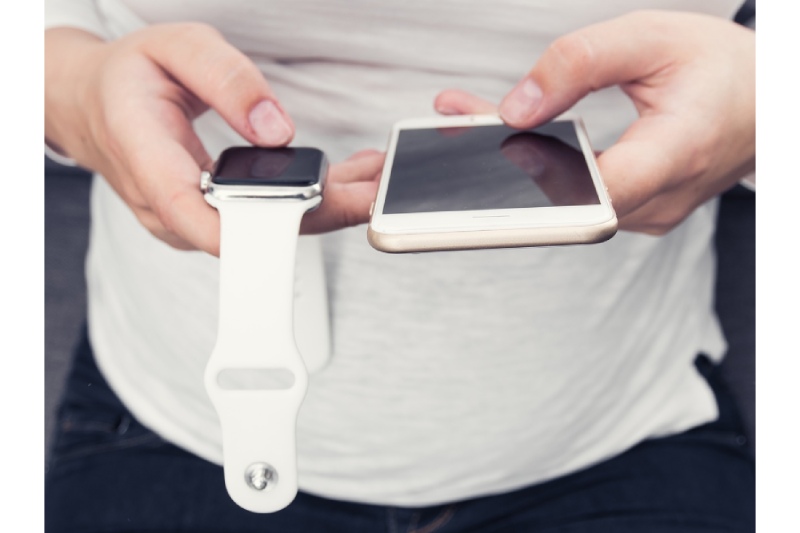Wearable Devices for the Whole Family

As the pandemic has driven more people to be health conscious, wearable technology has become an ever-more-popular means by which to measure personal health. To that point, a CNBC discussion on wearable technology sales stated that though millions of people have planned to spend less in the pandemic, wearables remain a priority. In fact, sales for these devices increased by 30% worldwide in 2020 –– and the market is expected to grow to $70 billion by 2025.
Samsung, Apple, and Fitbit are big names in the wearables industry, and more companies are entering the market with devices of their own as well. For instance, OnePlus joined the industry in 2021 with the release of a fitness tracker that checks your pulse, sleep, and blood oxygen levels. It also has 13 exercise modes that include running and yoga.
With countless options now on the market, it can be difficult to decide what to get for family members, particularly given different ages and health priorities. So to help narrow things down, here are a few suggestions:
For babies
Babies tend to need constant monitoring. If you want to feel a little more at ease as a parent, you can take the extra precaution and get a wearable for your baby. There are some surprisingly typical wearable bands on the market, like one by Sproutling that measures vitals like heart rate, skin temperature, and motion. Using these readings, the device can predict when the baby might wake up and how they’ll feel when they do.
Another option is a stretchy washable cotton onesie by Mimo. This onesie has breathing and movement sensors that let you monitor breathing patterns and sleep activity. In both cases, these baby-approved wearables can easily be connected to a smartphone or tablet to stream the data.
For kids
When considering a wearable for kids, there are two main kinds to choose from: fitness and GPS. For a GPS wearable, Tinitell is an example that can make calls using voice recognition. This is perfect for young children, since they can simply push the button and say the name of who they want to contact. You can also store an unlimited amount of contact numbers on the device. Meanwhile, a fun option for fitness is the Wiggly. This is a wearable jacket with sensors and a tiny embedded computer that can play up to 30 songs. The computer also gives instructions on how the child can dance to the song, and parts of the jacket light up to indicate that they should move one part of the body or another.
For seniors
Wearables for seniors should go beyond tracking their health. On top of the usual fitness and vitals trackers, it’s also a great choice to add on safety alert devices. An article on safety alert devices by SymptomFind explains how they work: When a wearer presses a button on the device, the device will place a call to connect them to emergency services. Mobile safety alert devices like these are ideal choices particularly for older people who are either more active or more often on their own (or both).
These devices have GPS technology that shares the wearer’s location with emergency responders in case of an accident or other emergencies. The Bay Alarm Medical On-The-Go GPS Help Button, in particular, is a great mobile device that offers accurate location tracking and superior nationwide coverage, allowing the wearer to easily signal for help wherever they may be.
For pets
Pets are considered by many to be part of the family –– which is why millions of dollars are spent in total to keep them healthy in the U.S. alone! This means there’s a whole market of innovations just for pets — from automatic ball launchers to keep them occupied, to food subscription services and, yes, wearable tech.
The Guardian’s feature on pet tech discusses various fitness trackers made just for pets. One example is the Whistle FIT, which tracks a dog’s activity and health behaviors, including night sleep and drinking. The device can also use your dog’s age, weight, and breed to calculate how much food and exercise they need.
Hopefully these categories and examples have shown just how many wearable options there are for the whole family, beyond the basic smart watches and fitness trackers. Explore your options and consider everyone’s needs, and you could have the whole family outfitted in healthy, handy devices.